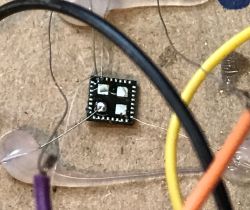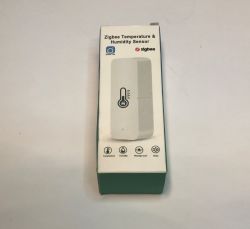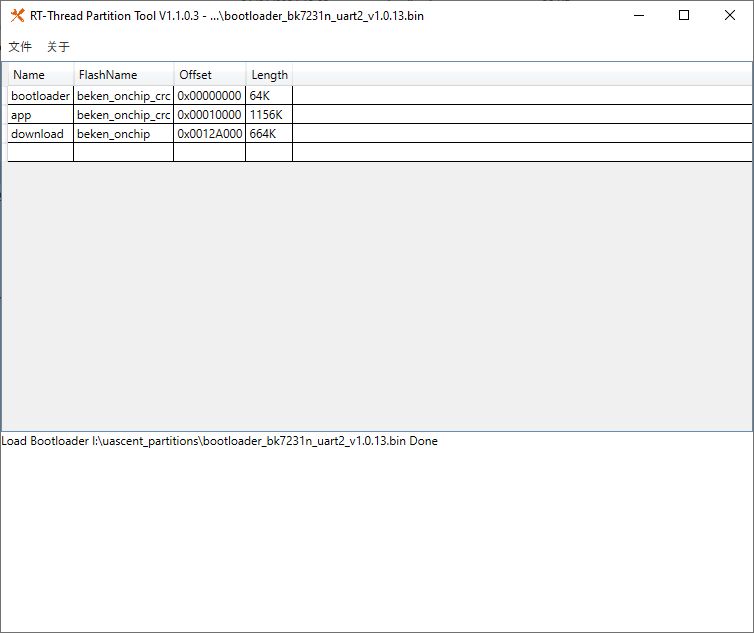tmf wrote: A question of valve selection. Besides, the current needed to turn it on is much greater than the current needed to hold it on. Therefore, it is sufficient to give a nominal current pulse at the beginning that will turn the solenoid valve on, and then reduce the current so as to sustain the on state. This will have the effect of reducing the power and any heating of the solenoid. Also note whether the valve is suitable for DC power - if not, it may heat up when DC power is applied. In my opinion an NC valve is better - something goes wrong (e.g. no power) then the valve is in a safe, closed position.
Of course you have to select the valve, but price also plays an important role, and in the case of a DC or AC valve it will always only heat more or less, which is why the manufacturer always informs you of the maximum operating time in the on position.
The fact that it heats up when the voltage is lowered (yes, less, but always) is normal, I know, because I have dealt with this problem more than once, because somewhere these few watts of power have to be lost. Another issue is why to heat the air and waste energy pointlessly, and the complication of a system triggering the valve to work with reduced voltage, which in the case of AC is already quite difficult to implement.
In the case of a valve with a motor, it has limit switches, so in the simplest case, a relay switching the direction of operation is enough (1 output in the control panel)
chudy_b wrote: I plan to install a water shut-off valve in a house. Valve closure triggered by flood sensors, control from INTEGRA control panel via INT-IORS. Which type of valve is better to use?
.
tmf wrote: Yes, it's just that such a valve with an actuator will not close without external automation. And the author is concerned with adding protection, not the ability to control the flow...
.
The author of the topic has a control unit which takes care of the automation function for the valve with the motor, so this argument is pointless, especially as it is possible to implement automatic water shut-off when no one is home (even greater minimisation of the risk of flooding).
chudy_b wrote: And yet. Something felt like it wasn't that simple.
Generally
Having an Integra this is quite simple to implement, I described it a few posts above how it works when I install such protection for customers.





